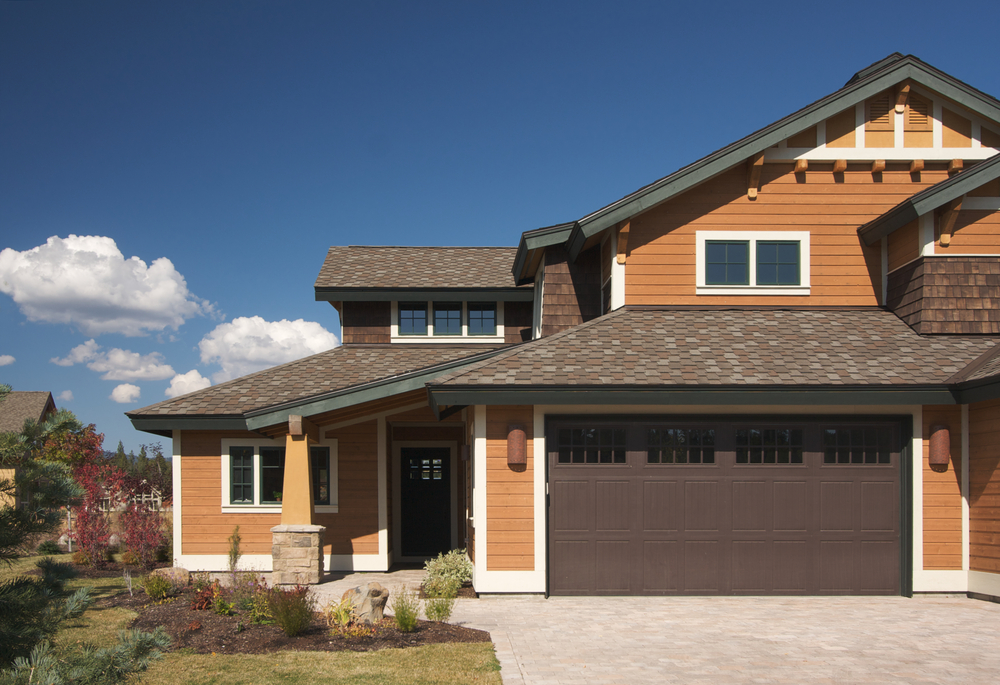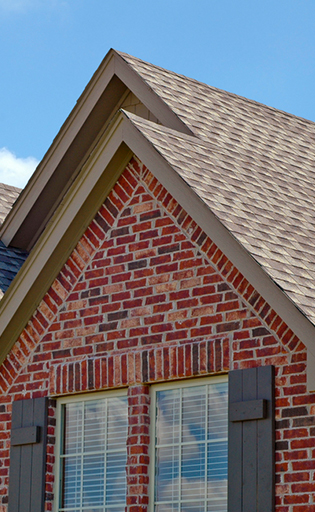A Guide to Roof Inspections Before Buying a Home

Your roof is the first line of defense against all kinds of harsh weather conditions. One of the biggest mistakes a homeowner or buyer can make is neglecting the roof. Structural issues, leaks, mold growth, and insulation defects can demand a lot of work and funds, so it is important to resolve any roofing issue as early as possible.
Before purchasing a house, it’s necessary to do a comprehensive check of the roof beforehand. Completing a thorough inspection will help you identify any structural defects, molds, and the need for repair.
What should you look for in the roof of a home?

When inspecting the roof of a potential home, look out for:
- Missing or damaged shingles
- Dry rot
- Gutters’ condition
- Moss or sagging
It is important to understand that unless the house is brand new, the roof is bound to have a certain level of wear and tear. Ensure that you find out the lifespan of the roof, whether the previous owner has maintained it sufficiently, and if it will need repairs in the near future.
Actions to Take Before Purchasing a Home
Acquire important documents
Properly maintained homes tend to have documented proof and receipts of the maintenance and repair work. You should ask the seller for a complete home inspection report and a roof certificate from an experienced and professional roof inspector. It’s also advised to get the estimated cost for repairs needed as discovered in the inspection.
If the house is relatively old, ask for all the documentation of all the maintenance and repairs done in previous years. You should also acquire documentation on any roof warranties transferable or not. Most importantly, be sure to include the roof certificate and inspection in the contract as contingencies.
Ensure warranty and condition of the roof
This is the initial and most crucial step. Ask the homeowner how long is the lifespan of the roof and if there are any warranties to get a better idea of the roof’s durability.
When inside the home, you should also examine the ceiling. Look for mold and any bumpy patches and edges. You should hire an experienced professional who can help you evaluate the condition and age of the roof.
Examine the gutters, seepage, and drainage system
Another important part of a roof inspection is to check the drainage system for any blockages and other problems. You might need a ladder to climb up to look at the gutters and drains running along the edges of the roof. This should be done safely, so it is recommended that you contact an expert contractor for professional guidance.

Thoroughly look at the drains, seepage, downspouts, and pipes. Rusting or broken pipes can lead to murkier situations in the future, so make a point to notice these issues. The buildup of pebbles or asphalt in the drain is a sign that the roof is starting to wear out.
Check for cracks and leakages
When buying a house, particularly look for cracks and breaks in the roof. These might lead to potential leaks in the future. Off-colored spots, molds, water damage, cracks, and damaged wood should be ruled out.
Look out for mold
Mold is a fungus that invades the roofs and walls. It can be dark, white, black, or green. Mold is capable of ruining your roofs and walls. Furthermore, the floor and other less visible corners are equally susceptible to it.
Mold tends to thrive much better in water-soaked material like roofs that have extensive water drainage and pipe systems. If there are any leaks, breaks, or blockage, the situation might get worse over time.

Look out for signs of sagging
Beware if you notice any sagging in the roof of the house you’re considering buying. Sagging usually means the roof has suffered water damage in the past. The wise way to assess this is by having a roofer look for signs of water damage under the shingles. Experts are better at finding out hidden problems like wear, tear, and mold. This may help you pick up bigger problems early and have them repaired before any further damage.

Ensure the correct location of the downspout
Make sure all the downspouts don’t lead rainwater to areas where they can pool beside the home. This may lead to flooding in the case of heavy rain and storms. Ideally, the downspouts should be directed in such a way that the direction of maximum water runoff is away from the house and not on any slopes that decline towards the house.
Also, look out for evidence of excessive water flow or flooding signs around the pipe. This means that the soak wells aren’t of the right size and that they need cleaning which could be a fairly expensive process.
What are the next steps if you detect damages?
Finding a problem with the roof doesn’t necessarily mean you have to abandon the idea of buying the house, especially if it is your dream home.
Ask yourself these questions:
- How long are you willing to live in your new house?
- Do you have enough money to make immediate repairs, and does the seller agree to work with you on that?
- Will the roof need further repairs in the foreseeable future? If yes, then how much will they cost?
If you find some major repairs upfront, you should discuss them with the seller and decide who will pay for them. Most often, roof repairs can be negotiated. Though it depends on how far into the process you are and whether your starting offer is possible after your approval of the inspection.
Your realtor should know how to direct this process. It’s important to consider the market value as well. Another option is to ask the seller to reduce the price by how much repairs will cost. This way you can get your home fixed under your supervision by a contractor you can rely on.
However, if the damage is exponential and there are structural issues, it would be better to walk away. There are plenty of homes to choose from, and you want to ensure that your new home fulfills any roofing needs.
Ready to begin with your roof inspection?
It is important that you conduct a proper inspection of the roof of a newly bought home. A reliable roofing inspector can help guide you through the process. Contact us today for a free estimate on any job your new home may need.

